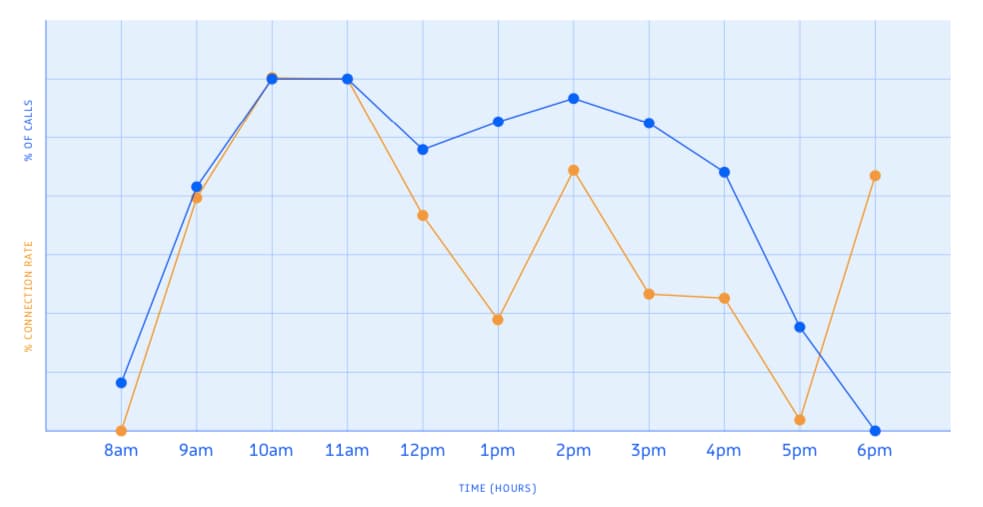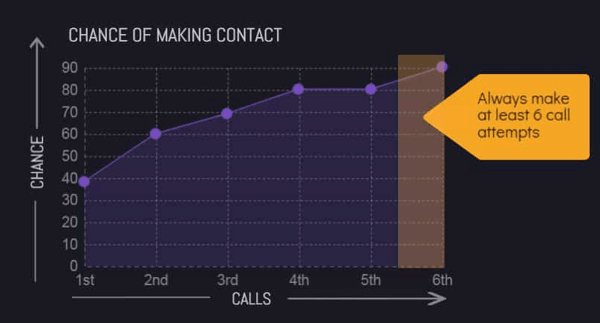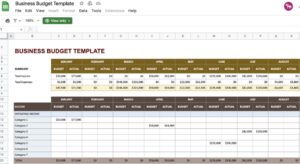Predicting the best time to call prospects is not a simple task.
Factoring in the impact the COVID-19 pandemic has had on the way many people work and engage with businesses, flexible work locations and schedules have made sales call trends more unpredictable than before .
Let’s see what the research has to say about the best times to call buyers in 2021.
1. The Best Day for Sales Calls
A 2020 study by Gong found that Wednesday and Thursday remain the best days of the week to call prospects.
This finding isn’t completely surprising. After all, people are usually gearing up for the weekend on Friday and aren’t interested in starting a relationship with a salesperson.
On Monday, buyers are transitioning into work mode and planning their upcoming week.
By the middle of the week, people have had enough time to settle into their working week and take care of pressing matters without your call feeling like an interruption.
 Image Source
Image Source
2. The Best Morning Time for Sales Calls
Making an early morning sales call makes sense. It lets you connect with prospects before their to-do lists become overwhelmingly long. But is it really the optimal time to catch someone at work?
According to research by RingDNA, the best time to call potential buyers is late morning before lunch, with the highest likelihood of answered calls occurring between 10 a.m. and 11 a.m. for the person receiving the phone call.
 Image Source
Image Source
When you think about the structure of a typical office day, you realize at 11 a.m., most people are wrapping up tasks before taking lunch making them available and more willing to take a sales call than earlier in the day.
Similarly, research suggests the last hour of the workday, between 4 p.m. and 5 p.m. is a good time to reach prospects as they begin winding down for the day. During this time, they’re likely hesitant to start a new task, which makes it the perfect time to take a phone call from you.
According to Indeed, reaching out before lunch or towards the end of the workday is an effective strategy for cold calling as well.
3. The Worst Time of the Day for Sales Calls
What are most professionals in your organization doing between 7 and 10 a.m.? Trickling into work. And with many people still working remotely, that makes work schedules and start times a bit more unpredictable.
When calling before 10 a.m. there can be uncertainty about whether your prospects are ready and willing to take your call. And once people have settled into their workday, the first hour or two is generally spent organizing the day and resolving immediate requests.
Oh, and don’t hold out hope you’ll reach a decision maker if you call earlier or later in the day. Those beginning work before 8 a.m. are usually looking to probably get work done without distraction, making them less likely to pick up the phone. The same goes for those burning the midnight oil.
4. The Best Response Time
If you aren’t following up with new leads within the first hour they become qualified you could be leaving valuable opportunities on the table.
CallHippo identified a 450% difference in response time for leads receiving a follow-up call within an hour of submitting an inquiry and those that didn’t.
The moral of this story? When in doubt, call immediately.
5. Persistence Pays Off
Do you quit calling a lead after your second or third voicemail? You might be selling yourself short — way short. CallHippo found over 30% of leads never receive a follow-up call after initial contact. However, the same survey found salespeople have a 90% success rate on making contact with their lead on the sixth call.
That means by making a few more call attempts, sales reps can achieve a 70% growth in contact rates. Sound like something you’re interested in? Don’t give up too soon.

Image Source
Similarly, Outreach found the winning sales sequence for a call-heavy sales process consists of 10 emails, six calls, and five LinkedIn interactions over the course of 33 days to make the sale.
6. Speed-to-Call Trumps All
Your ability to respond to a lead quickly can make or break your ability to land the sale.
According to research, 78% of buyers purchase from the first company to respond to their inquiry, meaning the faster you can respond to an inbound lead, the better. Sales teams that don’t respond within five minutes experience a lead qualification decrease of 80%.
Ultimately, picking the right time to make your sales calls is essential to sales success. While these six rules of thumb are a good place to start, you may find different strategies work better for your business. Test these approaches and adopt the ones that work for you. You might be surprised to find how many more prospects you can reach with a few simple tweaks.
Editor’s note: This post was originally published in September 2015 and has been updated for comprehensiveness.

![]()




